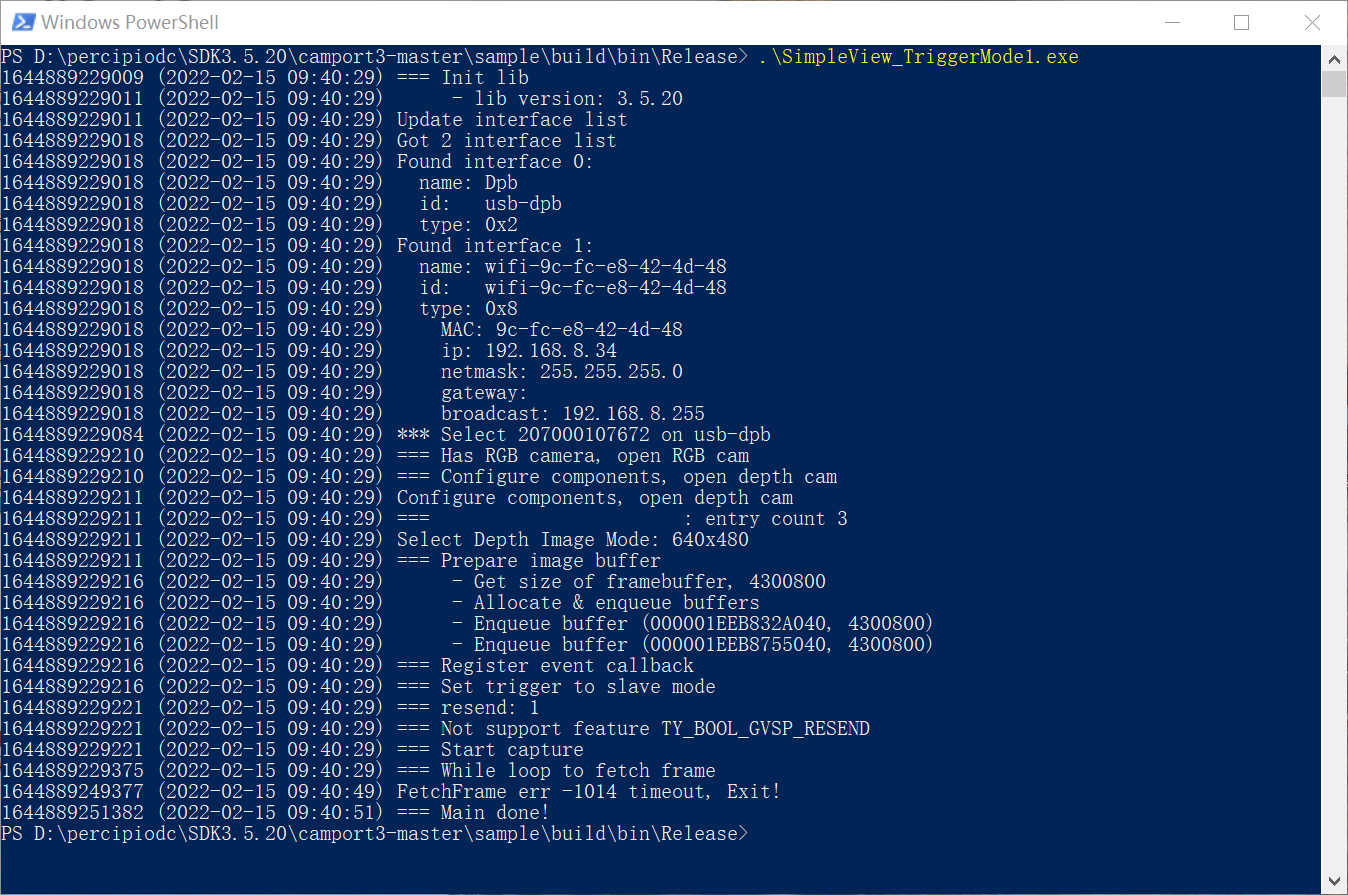What to do if the camera does not capture images in hardware trigger mode?
Questions
After receiving an external trigger signal, set the camera to work in hardware trigger mode, but the camera does not capture images.

Causes and solutions
The possible causes and corresponding solutions are as follows:
The external trigger signal does not meet the requirements
The external trigger input signal should meet the following requirements. For more details, please refer to Hardware Trigger Connection Methods .
For cameras of rising-edge trigger type, the external trigger input is required to be a high pulse square wave signal, with the rising edge being effective and the pulse width ranging from 10 to 30 milliseconds. To avoid false triggering, the signal’s rise time should not exceed 5 microseconds.
For cameras of falling-edge trigger type, the external trigger input is required to be a low pulse square wave signal, with the falling edge being effective and a pulse width ranging from 10 to 30 milliseconds. To avoid false triggering, the signal’s falling time should not exceed 5 microseconds.
The trigger frequency must not exceed the device’s processing capability (which is the frame rate in capture mode), otherwise the camera will discard the trigger signal and not process it.
Please select an external trigger source that meets the requirements. If necessary, you can purchase an external trigger source produced by Percipio.
Incorrect hardware trigger connection
There is no power supply for the trigger, or the input signal line is connected to the wrong pin, please refer to Hardware Trigger Connection Methods for connection instructions in detail.
For information about camera trigger connector and pin definitions, please refer to Product Specifications.